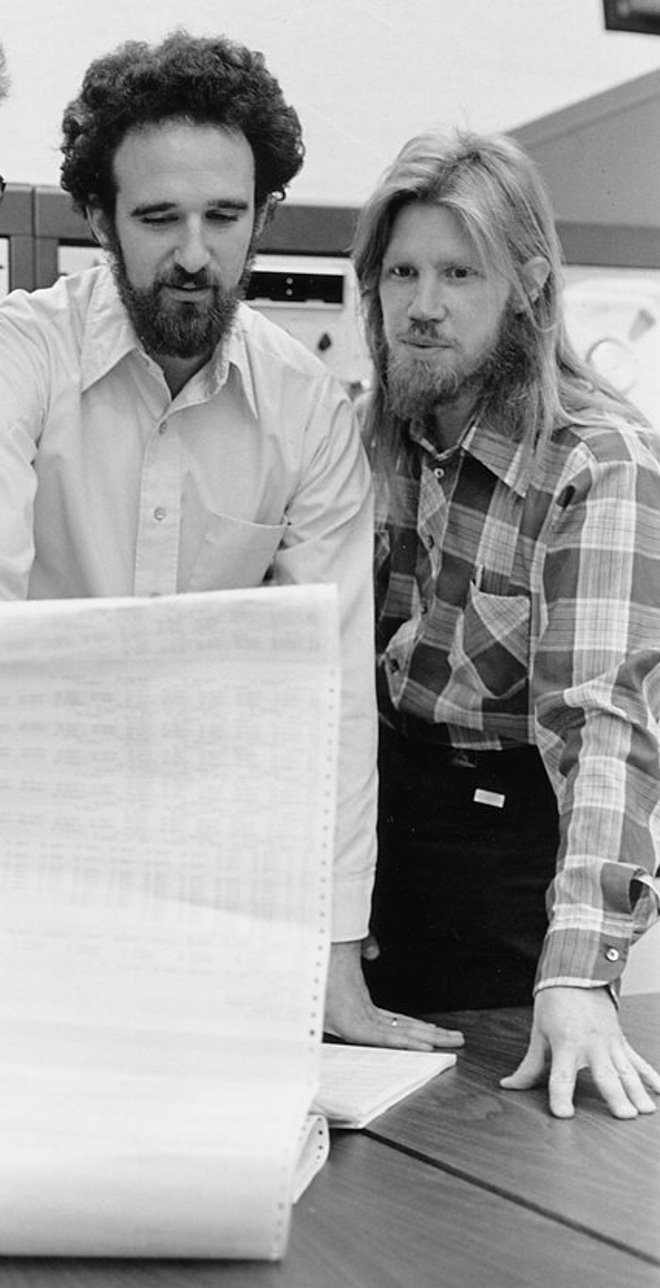On Tuesday, the Association for Computing Machinery (ACM) announced that Whitfield Diffie, a consulting scholar at Stanford’s Center for International Security and Cooperation (CISAC) and former Chief Security Officer of Sun Microsystems, and Martin Hellman, professor emeritus of electrical engineering, are being honored with the 2015 A.M. Turing Award for their contributions to modern cryptography. Namely, their namesake Diffie-Hellman protocol is the foundation of many security protocols on the Internet today.
The A.M. Turing Award is named after Alan Turing, a pioneering British mathematician and computer scientist. The award is often referred to as the “Nobel Prize” of computing. Since 2014, the award also includes a $1 million cash prize from Google.
Public-key cryptography and digital signatures
Diffie and Hellman’s 1976 paper, “New Directions in Cryptography,” introduced public-key cryptography and digital signatures, which set the stage for modern security architecture.
Public-key cryptography allows for two parties to communicate over an open channel while keeping the information shared secret from third-party eavesdroppers.
Diffie and Hellman also proposed a digital signature, which is more secure than a traditional written signature. Digital signatures are tied to the message being sent, so changing a single word in the message invalidates the signature. Digital signatures and “digital certificates” or “certs” explain how banks confirm identities, how e-commerce works, and how Apple controls iPhone software.
The Diffie-Hellman Protocol continues to protect communications and financial transactions today. For example, when one types in a URL beginning with “https,” a Secure Transport Layer protocol is established, which is based on public-key cryptography.
Clash with the NSA
What makes Diffie and Hellman’s work more impressive is that, at the time of their paper’s publication, there was little public scholarship and information on cryptography. Much of the research was classified and conducted by the National Security Agency (NSA), who had a virtual monopoly on cryptography.
Diffie and Hellman clashed with the NSA over their publications, which resulted in efforts by the NSA to limit the distribution of Diffie and Hellman’s work.
These conflicts became known as the “crypto wars.”
Diffie and Hellman challenged the NSA’s monopoly on cryptography information. In a memo to Stanford University counsel John Schwartz, Hellman argued that the monopoly was antiquated and that there was a new commercial need for cryptography. He stated that the increasing use of automated information processing could lead to economic problems and privacy threats.
Despite the NSA’s efforts to curb Diffie and Hellman, they continued to publish papers on cryptography.
New crypto war
Both Diffie and Hellman side with Apple in the current legal battle between the Federal Bureau of Investigations (FBI) and Apple. The standoff resulted from the FBI requesting that Apple write software so that the FBI could access the iPhone of one of the San Bernardino terrorists, and Apple refusing.
Diffie and Hellman explained that though the single incident may not be harmful, the precedent it sets may result in an inundation of similar requests or chill free speech.
Both scholars are affiliated with CISAC and mentor pre- and postdoctoral fellows on cybersecurity issues.
Dan Boneh, professor of both computer science and electrical engineering, explains the importance of Diffie and Hellman’s ground-breaking paper in a Stanford News article.
“It introduced number theory into the realm of cryptography and launched an entire academic discipline to further develop the area of public key cryptography,” he said. “By now there are thousands of researchers and tens of thousands of research papers building on their work. The field of cryptography would be a pale image of what it is today without the work of Diffie and Hellman.”
Contact Anne-Marie Hwang at amhwang ‘at’ stanford.edu.
